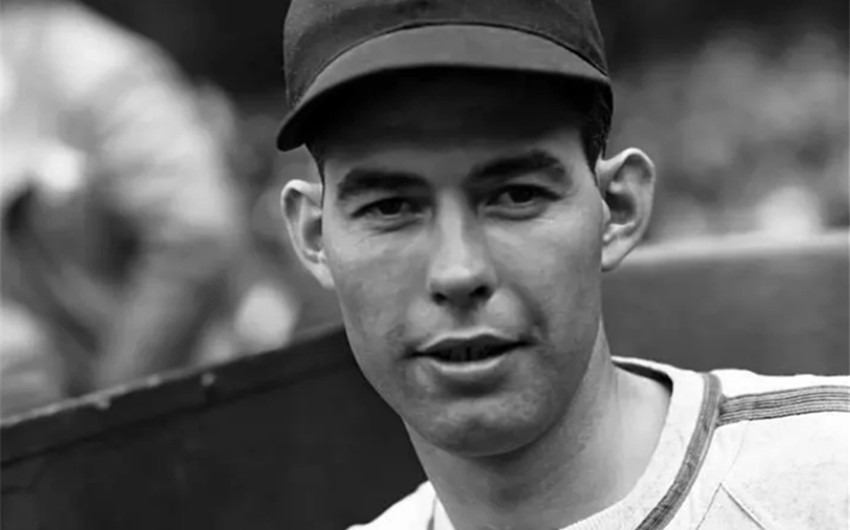Monty Stratton’s Net Worth and Legacy: A Story of Grit, Glory, and Perseverance
If you’re curious about Monty Stratton’s net worth, it’s not just a matter of dollars and cents. It’s a story woven into the fabric of American sports history—one that combines athletic promise, heartbreaking loss, and an inspiring comeback that captured the nation’s heart. While his financial earnings as a pitcher in the 1930s may not compare to today’s superstar contracts, Monty Stratton’s value lies equally in the legacy he left behind. His story became so compelling that it made its way to Hollywood, amplifying his fame and adding new dimensions to his financial journey.
Rising Star in the Major Leagues
Monty Stratton was born on May 21, 1912, in Palacios, Texas. He grew up in the heartland of America and gravitated toward baseball from a young age. Tall, strong, and gifted with a natural arm, Stratton worked his way up through the minor leagues and eventually joined the Chicago White Sox in 1934. He became a full-time starting pitcher by 1937 and showed promise with his calm demeanor on the mound and a solid fastball.
During his career with the White Sox, Stratton earned respect as a dependable starter. In 1937, he posted a 15–5 record with a 2.40 ERA, a season that marked him as one of the top pitchers in the American League. At the time, professional baseball salaries were modest compared to modern standards. The average annual income for an MLB player in the late 1930s ranged from $5,000 to $10,000—a decent living during the Great Depression but hardly enough to create generational wealth.
Stratton’s net worth during his active years likely ranged between $15,000 and $30,000 in cumulative earnings, equivalent to around $300,000 to $600,000 in today’s dollars when adjusted for inflation. But just as he was hitting his stride, tragedy struck.
Tragedy and Transformation
In November 1938, Stratton’s career was derailed by a hunting accident. While out in the countryside, he accidentally discharged a pistol that struck him in the leg. Complications followed, and eventually, doctors were forced to amputate his right leg above the knee. It was a devastating blow—both personally and professionally.
At just 26 years old, his days in Major League Baseball were over, and so was his primary source of income. Stratton received support from the White Sox organization and the baseball community. They organized benefit games and fundraisers to help cover his medical expenses and provide some financial stability. Though limited by the healthcare and employment systems of the time, these efforts reflected the deep admiration people had for him.
The accident changed the course of his life, but it didn’t crush his spirit. Stratton began working to master his pitching motion using a prosthetic leg—something nearly unthinkable at the time.
The Return Nobody Expected
Defying expectations, Monty Stratton returned to the mound in the 1940s. Though he never played in the Major Leagues again, he joined several minor league teams and barnstorming exhibitions. With grit and determination, he demonstrated that athleticism and drive could overcome physical disability. Crowds turned out not only to see a former major leaguer pitch again, but to witness something deeply human—perseverance in the face of loss.
During this chapter of his life, Stratton earned modest wages as a player, coach, and public speaker. His inspirational comeback attracted attention far beyond the baseball diamond, offering additional income through guest appearances and motivational events. He also worked as a farmhand and did various jobs to make ends meet.
While he didn’t regain the earning power of his White Sox days, his story began to take on a new kind of value—one tied to public admiration and cultural significance.
Hollywood and the Stratton Story
In 1949, MGM released The Stratton Story, a feature film based on Monty Stratton’s life, starring James Stewart and June Allyson. The movie became a box office hit and received critical acclaim, even winning an Academy Award for Best Motion Picture Story. Stewart’s portrayal of Stratton brought the story to millions of moviegoers and cemented his legacy in American culture.
Though financial details of Stratton’s agreement with MGM remain unclear, it’s widely believed he received compensation for the rights to his story and may have earned royalties or a lump-sum payment. While not enough to make him wealthy by Hollywood standards, this income marked a significant chapter in Stratton’s financial story. It gave him recognition and a modest financial cushion in his post-baseball years.
The film’s release revitalized public interest in Stratton, allowing him to engage in more speaking opportunities and maintain a presence in the sports world. It also helped reframe his life—not as a career cut short, but as a testament to resilience.
Estimating His Net Worth
Monty Stratton’s total lifetime earnings, when adjusted for inflation and including his baseball career, post-injury exhibitions, and film compensation, likely peaked around $50,000 to $100,000 in his lifetime—a rough equivalent of $800,000 to $1.5 million in today’s dollars. Though modest by today’s celebrity standards, this amount represented a meaningful level of financial stability for someone who navigated personal tragedy during an era with limited safety nets.
His net worth was never about wealth accumulation or luxury; it was built from public respect, personal strength, and a story so powerful that Hollywood came calling. For that reason, the real value of his legacy goes beyond numbers.
Legacy That Transcends Numbers
Monty Stratton passed away in 1982, but his influence continues to echo through generations. He became a symbol of what it means to persevere in the face of life-altering hardship. His story has inspired not only athletes with disabilities but anyone facing adversity.
Today, Stratton’s name is remembered not for a vast fortune, but for the emotional wealth he brought to fans, peers, and communities. In modern times, he would likely be a public speaker, a media personality, or even a brand ambassador for athletic prosthetics or resilience-based campaigns. The market value of his story today would be vastly higher.
But even without today’s endorsements or media deals, Monty Stratton carved out a space in history. He proved that character, courage, and spirit can carry a man just as far—if not farther—than physical ability.
Featured Image Source: livingwithamplitude.com







